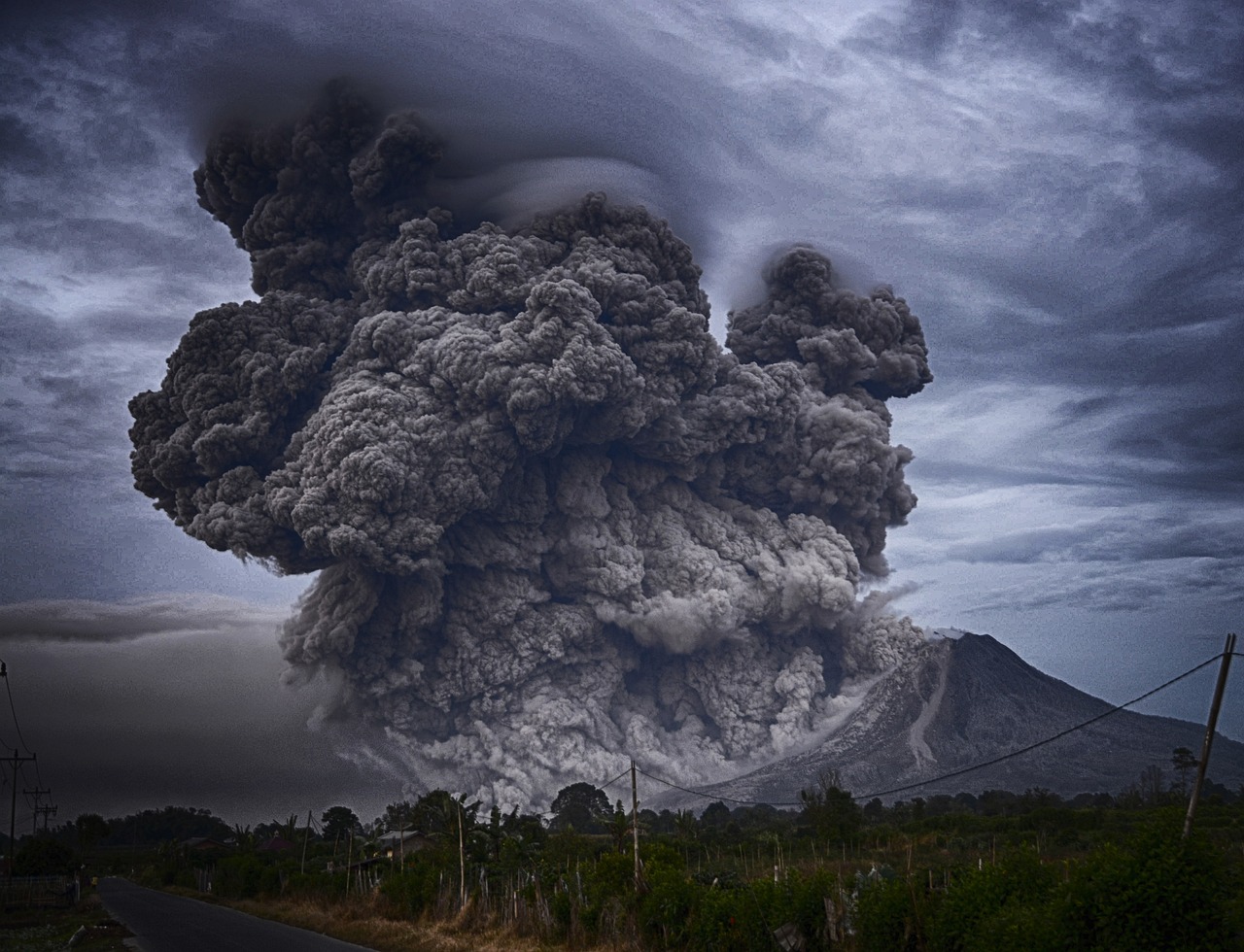Natural Disasters or Calamities Essay
Natural disasters or calamities are large-scale, sudden events that have significant impacts on the environment, human life, and infrastructure. They are a part of Earth’s natural processes and can be triggered by various factors, including geological, meteorological, hydrological, and biological processes. Some common examples of natural disasters include earthquakes, floods, hurricanes, tornadoes, tsunamis, wildfires, and volcanic eruptions.
Natural disasters can lead to widespread destruction, loss of life, and economic hardships. They often disrupt daily life, cause massive property damage, and strain the resources of affected communities and governments. The severity and frequency of natural disasters can be influenced by factors such as climate change, human activities, and geographical locations.

To mitigate the impacts of natural disasters, it is crucial to implement effective preparedness, response, and recovery strategies. These may include early warning systems, evacuation plans, disaster-resilient infrastructure, and community-based disaster management programs. Additionally, international cooperation and sharing of resources, knowledge, and best practices can significantly enhance the global response to natural disasters.
Education and awareness-raising campaigns are also essential in reducing the vulnerability of communities to natural disasters. By promoting understanding of disaster risks, appropriate behaviors, and coping mechanisms, individuals and societies can better prepare for and respond to these events.
Furthermore, understanding the underlying causes and patterns of natural disasters can help in predicting and preventing them. Scientists and researchers continually study these events to improve our knowledge of their occurrences and potential consequences. This information is crucial for developing effective mitigation and adaptation strategies.
In recent years, the increasing frequency and intensity of some natural disasters have been linked to climate change. Rising global temperatures, changing precipitation patterns, and sea-level rise can exacerbate the impacts of events such as heatwaves, droughts, floods, and storm surges. As a result, addressing climate change has become an essential aspect of disaster risk reduction efforts.
Governments, non-governmental organizations, and local communities play a vital role in reducing the vulnerability to natural disasters. They can implement policies and initiatives to promote sustainable development, reduce greenhouse gas emissions, and enhance the resilience of infrastructure and ecosystems. Additionally, investing in research and development of early warning systems, disaster-resistant technologies, and emergency response capabilities can significantly improve the overall preparedness for natural disasters.
Lastly, international cooperation and collaboration are crucial in addressing the challenges posed by natural disasters. By sharing knowledge, resources, and best practices, countries can learn from each other’s experiences and develop more effective strategies to cope with these events. Furthermore, global initiatives such as the United Nations International Strategy for Disaster Reduction (UNISDR) and the Sendai Framework for Disaster Risk Reduction aim to strengthen international cooperation and advance the global disaster risk reduction agenda.
In summary, natural disasters pose significant threats to human life, the environment, and societal development. To minimize their impacts, it is essential to understand their causes and patterns, implement effective preparedness and response measures, and promote international cooperation. By working together and adopting a proactive approach, we can create a more resilient world capable of withstanding the challenges posed by natural disasters.
In conclusion, natural disasters are a significant challenge faced by humanity, causing widespread damage and disruption. To minimize their impacts, it is vital to adopt proactive strategies, such as preparedness, response, and recovery measures, as well as fostering awareness and education. By working together, communities, governments, and international organizations can create a more resilient and disaster-ready world.

